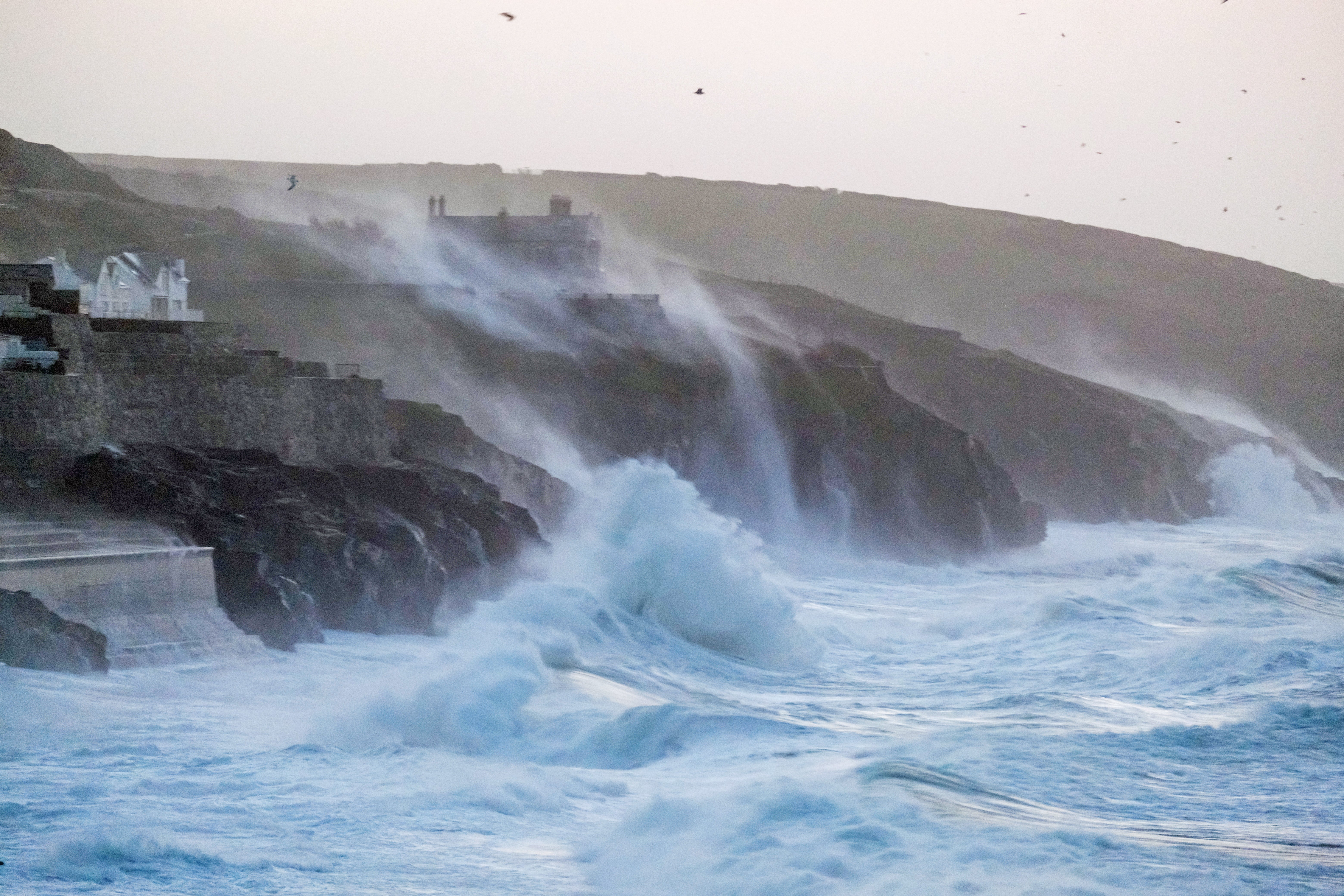How did Storm Eunice get its name?
The storm names list runs from early September until late August the next year.

Your support helps us to tell the story
From reproductive rights to climate change to Big Tech, The Independent is on the ground when the story is developing. Whether it's investigating the financials of Elon Musk's pro-Trump PAC or producing our latest documentary, 'The A Word', which shines a light on the American women fighting for reproductive rights, we know how important it is to parse out the facts from the messaging.
At such a critical moment in US history, we need reporters on the ground. Your donation allows us to keep sending journalists to speak to both sides of the story.
The Independent is trusted by Americans across the entire political spectrum. And unlike many other quality news outlets, we choose not to lock Americans out of our reporting and analysis with paywalls. We believe quality journalism should be available to everyone, paid for by those who can afford it.
Your support makes all the difference.Eunice is the sixth named storm of the season.
The latest storm, officially named by the Met Office on February 14, followed Storm Dudley in quick succession.
The season began with Storm Arwen, which was named on November 25.
The new storms list – first launched in 2015 – for each year generally runs from early September until late August the following year, coinciding with the beginning of autumn.
Members of the public can suggest names by emailing nameourstorms@metoffice.gov.uk.
Storms are named when they have the potential to cause an amber or red warning.
A list of possible names are compiled by Irish forecaster Met Eireann, the UK’s Met Office and the Dutch national weather forecasting service KNMI.
Naming storms is seen as a way of improving the communication of upcoming severe weather through the media and government agencies, the Met Office said.
The forecaster added: “In this way the public will be better placed to keep themselves, their property and businesses safe.”
The next storm is due to be named Franklin, followed by Gladys.